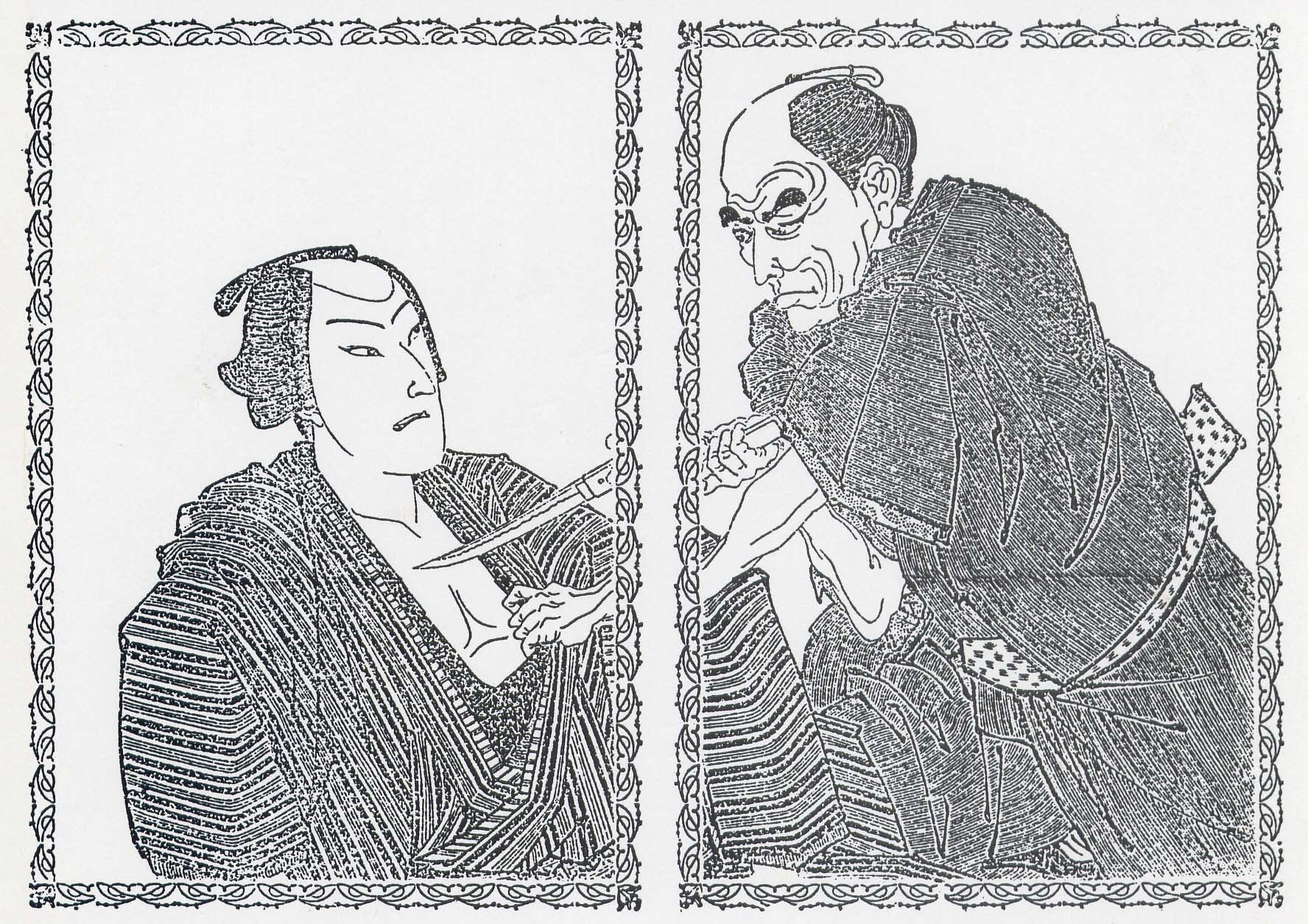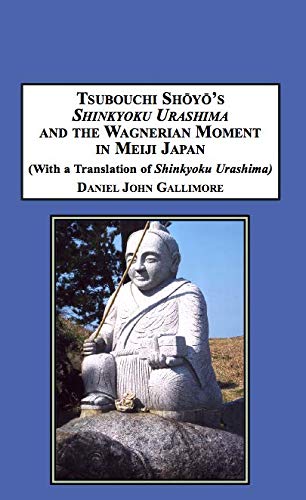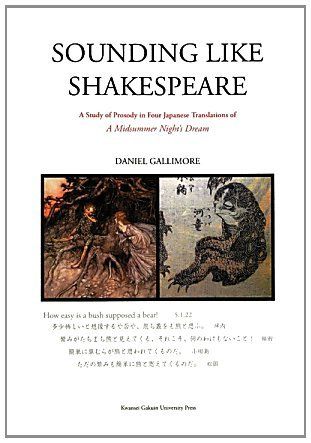
The Japanese Shakespeare: Language and Context iin the Translations of Tsubouchi Shōyō, Routledge, 2024.
Copies can be ordered from Routledge and on Amazon.
1. In Search of Shōyō 2. Shōyō’s Shakespeare 3. A Voice for Shakespeare in Modern Japan 4. Staging Shōyō 5. Conclusion: Shōyō’s Field
'Offering the first book-length study in English on Tsubouchi and Shakespeare, Gallimore offers an overview of the theory and practice of Tsubouchi’s Shakespeare translation and argues for Tsubouchi’s place as 'the Japanese Shakespeare'.
'Shakespeare translation is one of the achievements of modern Japanese culture, and no one is more associated with that achievement than the writer and scholar Tsubouchi Shōyō (1859–1935). This book looks at how Tsubouchi received Shakespeare in the context of his native literature and his strategies for bridging the gaps between Shakespeare’s rhetoric and his developing language. Offering a significant contribution to the field of global Shakespeare and literary translation, Gallimore explores dominant stylistic features of the early twentieth-century Shakespeare translations of Tsubouchi and analyses the translations within larger linguistic, historical, and cultural traditions in local Japanese, universal Chinese, and spiritual Western elements.
'This book will appeal to any student, researcher, or scholar of literary translation, particularly those interested in the complexities of Shakespeare in translation and Japanese language, culture, and society.'
Tsubouchi Shoyo's 'Shinkyoku Urashima' and the Wagnerian Moment in Meiji Japan (with a translation of Shinkyoku Urashima ), Lewiston, NY: Edwin Mellen Press, 2016
A limited number of copies are available from the author at the reduced price of 5,000 yen (plus postage) - inquire direct at garimoa@gmail.com.
'Gallimore's book is a masterful study of Tsubouchi's aesthetics and brings a fresh look at the complex and often eclectic - fusion of Japan's cultural modernization process. The book will be of interest to readers of Japanese theatre history in the schizophrenic psyche of wakon yosai , or Japanese spirit with Western learning.'
Mika Eglinton, Theatre Research International , 44: 3 (2019)
'Gallimore’s translation brings a text into the reach of a new audience that aids in understanding Shoyo’s intellectual development and the development of modern Japanese theatre. It fills a gap in our body of translated Japanese literature, and it is a welcome addition to English language Shoyo scholarship and teaching.'
Aragorn Quinn, Asian Theatre Journal 35: 1 (2018)
Sounding Like Shakespeare: A Study of Prosody in Four Japanese Translations of 'A Midsummer Night's Dream' , Nishinomiya: Kwansei Gakuin University Press, 2012
Copies can be ordered on Amazon.
'Gallimore's achievement, having tied himself to these four translators' every word and phrase, is to showcase their virtuous efforts at rendering Shakespeare's verbal music into Japanese, and in doing so he argues persuasively how translation in performance can play an influential role in the evolution of a nation's culture.'
Tim Medlock, Asian Theatre Journal 30: 1 (2013)




